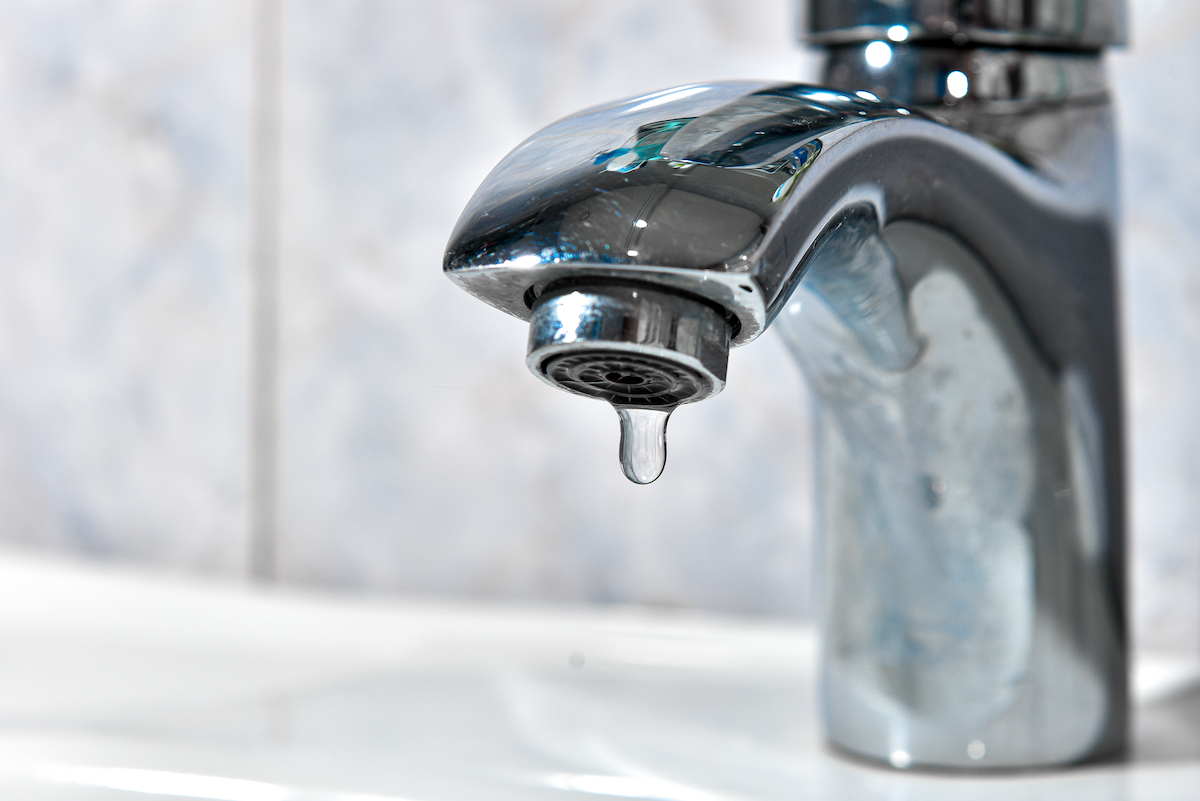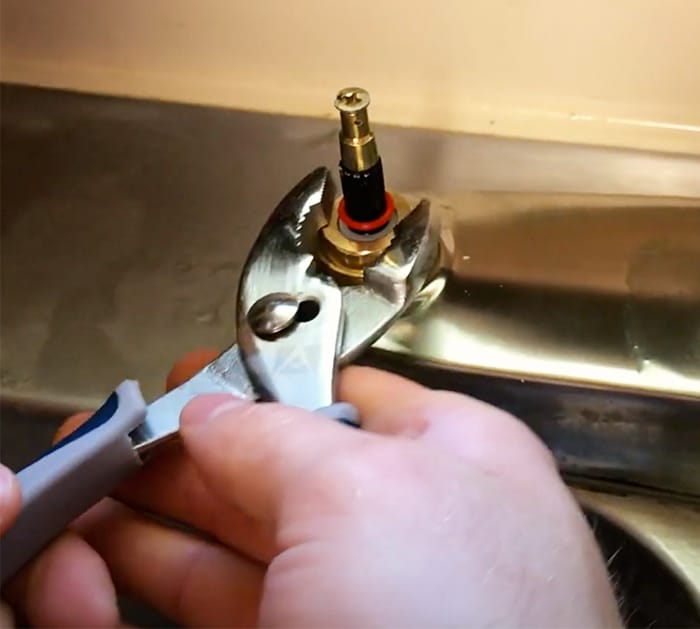Here further down you can discover some dependable information related to Why Is It Important To Fix Your Leaking Tap/Faucet?.

Dripping taps may feel like a minor hassle, however their influence surpasses just the aggravation of the sound. From wasting water to incurring unnecessary financial costs and health threats, ignoring a trickling tap can result in different consequences. In this write-up, we'll look into why it's critical to resolve this common household problem promptly and properly.
Waste of Water
Environmental Influence
Dripping taps contribute significantly to water wastage. According to the Epa (EPA), a solitary faucet leaking at one drip per secondly can lose greater than 3,000 gallons of water annually. This not just strains water sources but also impacts ecosystems and wildlife based on them.
Financial Prices
Increased Water Bills
Beyond the environmental effect, leaking faucets can pump up water expenses considerably. The gathered wastefulness with time converts right into greater energy costs, which can have been stayed clear of with prompt fixings.
Possible Building Damages
Additionally, prolonged trickling can lead to harm to fixtures and surface areas surrounding the tap. Water build-up can cause discoloration, corrosion, and also structural concerns if left unattended, leading to added repair expenses.
Health Issues
Mold and Mildew Growth
The constant presence of moisture from a leaking tap creates a suitable setting for mold and mildew growth. These fungis not only compromise indoor air quality however additionally posture wellness risks, particularly for individuals with breathing problems or allergic reactions.
Waterborne Conditions
Stationary water in leaking taps can come to be a breeding place for microorganisms and various other microorganisms, increasing the risk of waterborne diseases. Contaminants such as Legionella microorganisms grow in stationary water, possibly causing severe ailments when consumed or inhaled.
Do it yourself vs. Expert Repair work
Advantages and disadvantages of DIY Repair Service
While some may try to repair a trickling tap themselves, DIY fixings include their very own set of difficulties. Without proper understanding and devices, DIY attempts can worsen the concern or bring about incomplete repair work, extending the trouble.
Benefits of Hiring an Expert Plumber
Employing an expert plumber makes sure that the underlying source of the trickling faucet is dealt with efficiently. Plumbing professionals have the competence and equipment to diagnose and repair tap issues effectively, saving time and minimizing the threat of additional damage.
Step-by-Step Guide to Fixing a Dripping Tap
Tools Called for
Before trying to repair a trickling faucet, collect the necessary tools, consisting of a flexible wrench, screwdrivers, replacement components (such as washing machines or cartridges), and plumber's tape.
Common Tap Issues and Their Solutions
Recognize the type of faucet and the certain concern creating the drip. Usual problems include worn-out washing machines, rusty shutoff seats, or damaged O-rings. Describe manufacturer instructions or on-line tutorials for step-by-step guidance on repairs.
Preventive Measures
Regular Maintenance Tips
To prevent trickling taps, do regular maintenance such as cleaning aerators, checking for leaks, and replacing damaged components immediately. Furthermore, consider installing water-saving devices or updating to extra reliable fixtures.
Significance of Prompt Repair Works
Resolving leaking faucets as soon as they're observed avoids further water waste and potential damages, inevitably saving both water and cash in the long run.
Effect On Home Worth
Perception of Well-Maintained Property
Keeping a building in good condition, consisting of resolving maintenance problems like dripping faucets, improves its perceived value and worth amongst possible customers or tenants.
Influence on Resale Worth
Characteristics with well-kept plumbing fixtures, including taps, command higher resale values in the real estate market. Resolving trickling faucets can contribute to a favorable perception during home inspections and arrangements.
Environmental Responsibility
Individual Payment to Conservation
Taking duty for repairing trickling faucets lines up with broader initiatives towards water conservation and environmental sustainability. Every individual's activities jointly make a significant influence on maintaining precious resources.
Lasting Living Practices
By focusing on punctual repairs and embracing water-saving habits, individuals contribute to sustainable living methods that profit both existing and future generations.
Final thought
Attending to a leaking tap exceeds simple benefit; it's a vital action towards saving water, decreasing financial costs, and guarding wellness and residential property. Whether with DIY fixings or expert support, acting to fix trickling faucets is a tiny yet impactful way to advertise responsible stewardship of sources and add to a healthier, extra sustainable future.
How to Fix a Leaky Faucet: Step-by-Step Repair Guide
A leaky faucet may seem like a simple annoyance, but if it's not fixed promptly, that leak could cost hundreds to potentially thousands. From water damage to mold, mildew, and high water bills, even a tiny leak can be catastrophic if left unattended. Damage like this can even affect the overall value of your home, so it's important to take the right approach for leaky faucet repair. You may need the help of a plumber in some cases, but we've got a few tips you can try on how to fix a leaky faucet before calling the pros.
Four Faucet Types
When you're learning how to fix a leaky faucet, the first step is knowing what kind of faucet you're working with! There are four common types.
Cartridge Faucets
Cartridge faucets come in one- or two-handled varieties. In one-handled cartridge faucets, hot and cold water combines in a single cartridge. In the two-handled versions, hot and cold water are controlled separately and mixed in the faucet.
Ball Faucets
Ball faucets have a single lever you push up and down to adjust the pressure and rotate to change the temperature. A slotted metal ball controls the amount of water allowed into the spout.
Compression Washer Faucets
They're the oldest type of faucet, but they're still used in many homes — especially older ones. Compression faucets have two separate handles that, when turned, raise or lower the washer that seals a water valve. This valve stops water from flowing through the faucet when it is turned off.
Disc Faucets
Disc faucets rarely need to be repaired due to their maintenance-free design. The water flow is controlled by two discs — the upper one raises and lowers against a fixed lower disc, creating a watertight seal. If your disc faucet starts leaking, you may need to replace the seals or clean residue buildup from the inlets.
Fixing a Leaky Faucet
Step 1: Turn Off the Water
Whether you're learning how to fix a leaky bathtub faucet or how to fix a leaky kitchen faucet, always turn off the water supply to your working area when you're fixing a leak. The last thing you want is a flood added to your list of things to fix.
Look for the shutoff valves below your sink or around the tub and turn them clockwise to stop the water flow. If your faucet doesn't have shutoff valves, you may need to turn off the water for the whole house. Check to make sure it's off by turning the faucet on. If nothing comes out, you're ready to start the repair.
Step 2: Take Apart the Faucet
How you disassemble your faucet depends on the type of fixture you have. You can use a flathead screwdriver to remove the caps on top of the handle or handles for cartridge and compression faucets. Inside, you should see handle screws. Unscrew these with a screwdriver to remove the handle.
Disc- and ball-style faucets will typically have an inlet screw near the handle, and removing that will reveal the interior of the faucet.
Detach the Valve Stem
For cartridge- and compression-style faucets, you'll see the inner valve stem or cartridge once you remove the faucet handles. If you have a compression faucet, unscrew the brass valve stem. If you have a cartridge faucet, pull out the cartridge. If your cartridge has been in place for a while, it may require some tools or extra force to remove it due to mineral deposits.
Examine and Replace Parts
Once you've removed the parts, check them out to confirm what needs to be replaced. You may see corroded rubber washers, O-rings, stems, or cartridges. On a ball-style faucet, check the seats and springs for damage.
If you need to repair a leaky disc faucet, check the inlet and seals on the lower disc.
Once you determine what parts must be replaced, visit your local hardware store. Bring the damaged parts with you to ensure you can purchase the correct components to replace them.
Clean Valves and Faucet Cavity
If you've removed a stem or cartridge, you may notice mineral buildup in the faucet's threads. Use white vinegar to clean the valve seat by soaking it for a few minutes, then scrub it away with a soft toothbrush and rinse with warm water. You can also clean the interior of the faucet in the same way.
Reassemble the Faucet
Once your faucet is cleaned and the required parts have been replaced, it's time to reassemble it. Put the pieces back together and slowly turn the water supply back on. Doing this slowly is crucial because too much initial water pressure can damage the new hardware you've just installed.
https://homewarranty.firstam.com/blog/how-to-fix-leaky-faucet

Hopefully you enjoyed reading our article on How to Fix a Dripping or Leaky Faucet . Thanks a lot for finding the time to read through our piece. Sharing is good. Helping others is fun. Many thanks for being here. Don't forget to visit our blog back soon.